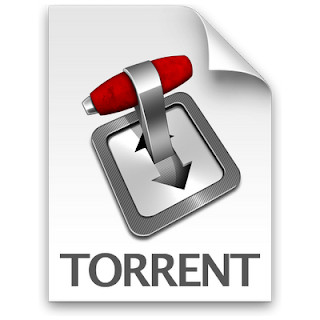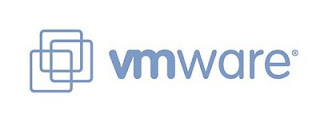
The path to Atheism for most people on the planet is complex and fraught with a great deal of inner contemplation about the big issues that face us poor scared and frightened humans. It is with the help of great writers and thinkers that this process can be crystallized into your own detailed understanding and the ability to formulate your own view of these big questions.
Now, I can't say that Christopher Hitchens was the only or indeed main influence in my change of understanding. In fact he came very late to my party of transformation , which was far more deeply influenced initially by science and specifically the evolutionary writings of people like Darwin and Dawkins.
What he did bring once I discovered his work was a writer and essayist of such great conviction and clarity of thought, that it would be worth reading his work even if you were the most bigoted religious believer. The many articles and essays that covered an enormous array of topics and subjects. The realisation that this man was not just interested in a single topic , for which he has been grotesquely pidgin holed by some corners of the media, but was in fact deeply involved in many issues , of which religiosity was just one.
One thing I'm glad to say we had in common was our love of Evelyn Waugh, and thanks to his many books and essays on George Orwell, he has encouraged me to re-engage with a writer I loved when I was much younger. His insightful coverage of the many American presidential candidates and successful incumbents was always a delight to read. His characterisations of the current crop of extreme right wing religious Republican candidates was as humorous as it was salient.
I would also encourage others to seek out his many articles and essays from magazines like The Slate, Vanity Fair, The Statesman and The Atlantic to name but a few. Each one will question your beliefs and make you think about the topic being covered.
I certainly look forward to reading more of his works on Orwell, and I would suggest dear reader that it would be profitable to yourself to do the same.
Rest in peace Mr Hitchens, you will truly be missed.





















